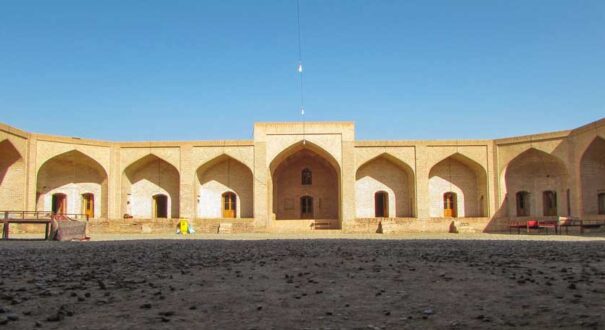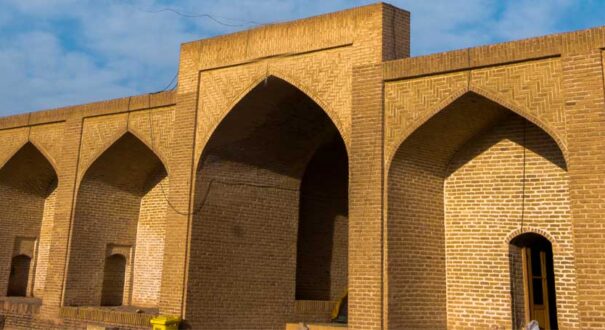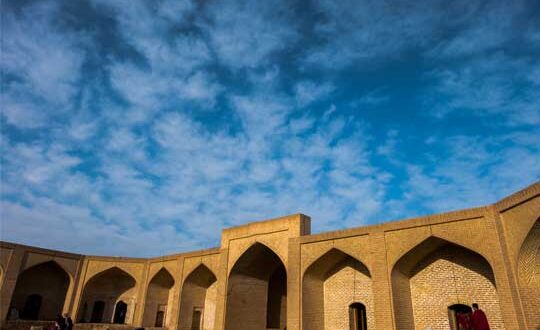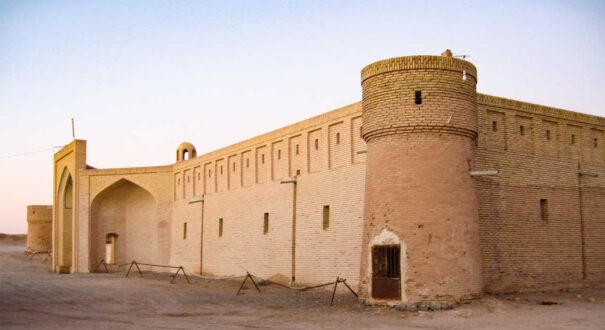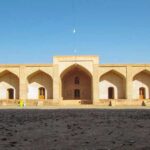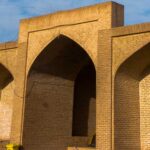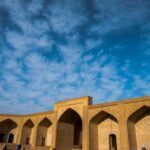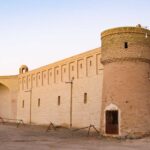
- Home
- Cities
- Iran Cities
- Natural Destinations
- Desert Cities
- Aran va Bidgol
Aran va Bidgol
description
Aran va Bidgol, a Chapter of Iranian Civilization History
The city of Aran va Bidgol is situated near the civilized Silk Hill dating back to 7,000 years ago. Being backed by this civilization, prominent people in the field of culture and art have emerged from this region. This city is located in Isfahan province and the southwestern edge of Dasht-e Kavir.
The capital of this county, located in the northeast of Isfahan Province, is Aran va Bidgol. Due to being surrounded by desert, Aran va Bidgol has a hot and dry climate.
Nevertheless, agriculture is flourishing in this city, so it has a significant place in producing pistachios, wheat, oilseeds and cotton. Furthermore, this region is one of the top-rated cities in producing machine-woven carpet.
In the north of Aran va Bidgol, there are many rich mines that can be exploited. Among other attractions of this city, we can refer to historical mosques, each of which has a relic. The architecture of this region is directly affected by the climate.
Like other historical places in Iran, Aran va Bidgol has towers and castles such as Karshahi Castle. This construction dates back to the Qajar era. Even if we overlook the symmetrical architecture of Shah Abbasi Caravanserai of Abu Zidabad situated in Aran va Bidgol, we can not ignore the wonders of Yakhab mountains.
The Yakhab Mountains are located in a region which enjoys cold weather even in the summer.
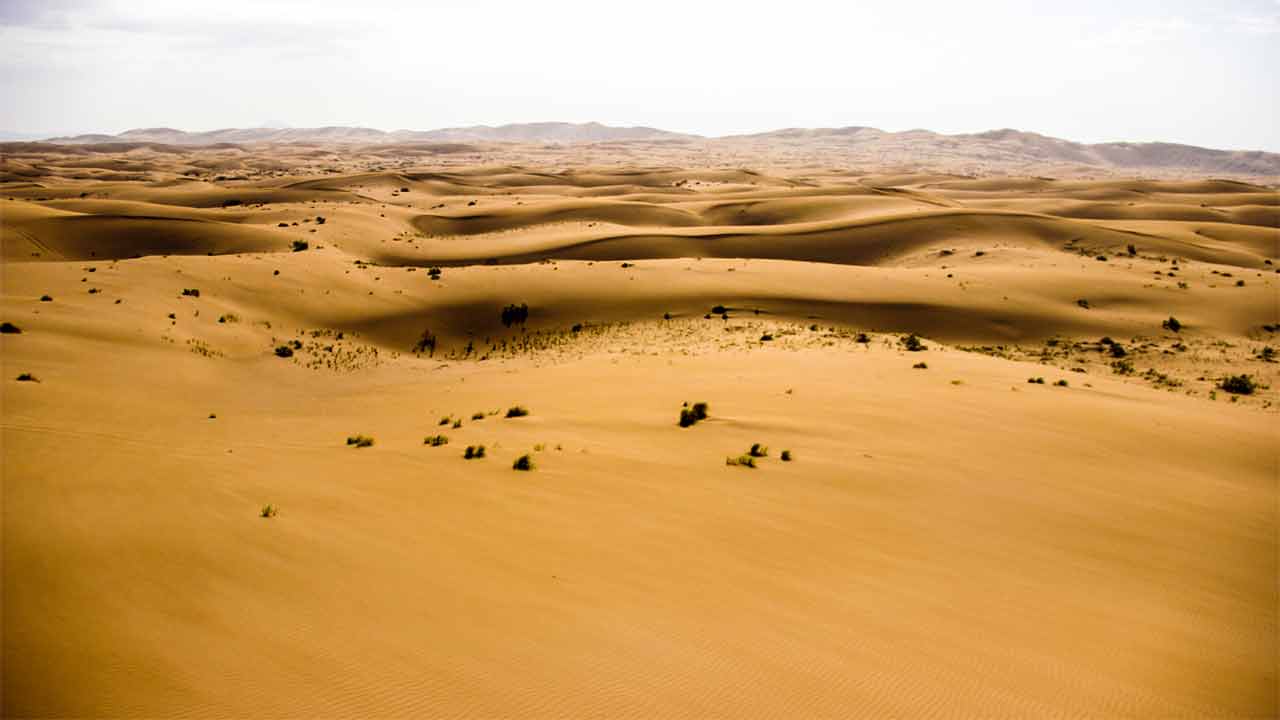
Noshabad, the Largest Underground City of Iran Situated in Aran va Bidgol
Noushabad is a city located in Aran va Bidgol, which has an amazing underground city under its structure.
This underground city, called Ouyi in the local language, is generally known as the underground city of Noushabad. This 1500-year underground city dates back from the Sassanid to the Safavid era. In fact, the city of Noshabad was the capital of Anoushirvan, the Sassanid king.
This nationally registered underground construction used to be a shelter in insecurity. As a result, its architecture certainly includes defensive features. This building is 4 to 16 meters deep and lies up to 4 kilometers from the city. This three-story city has winding and nested corridors.
The first floor of this construction whose entrance is shorter than human height, is full of corridors to mislead the invaders. In contrast, the second and third floors used to be shelter and food storage, and their roof has a normal height. Moreover, this underground city has access to qanats to supply water in case of emergency. In this building, there are also primary toilets, ventilation, platforms protruding from the wall for sitting and tallow lights.
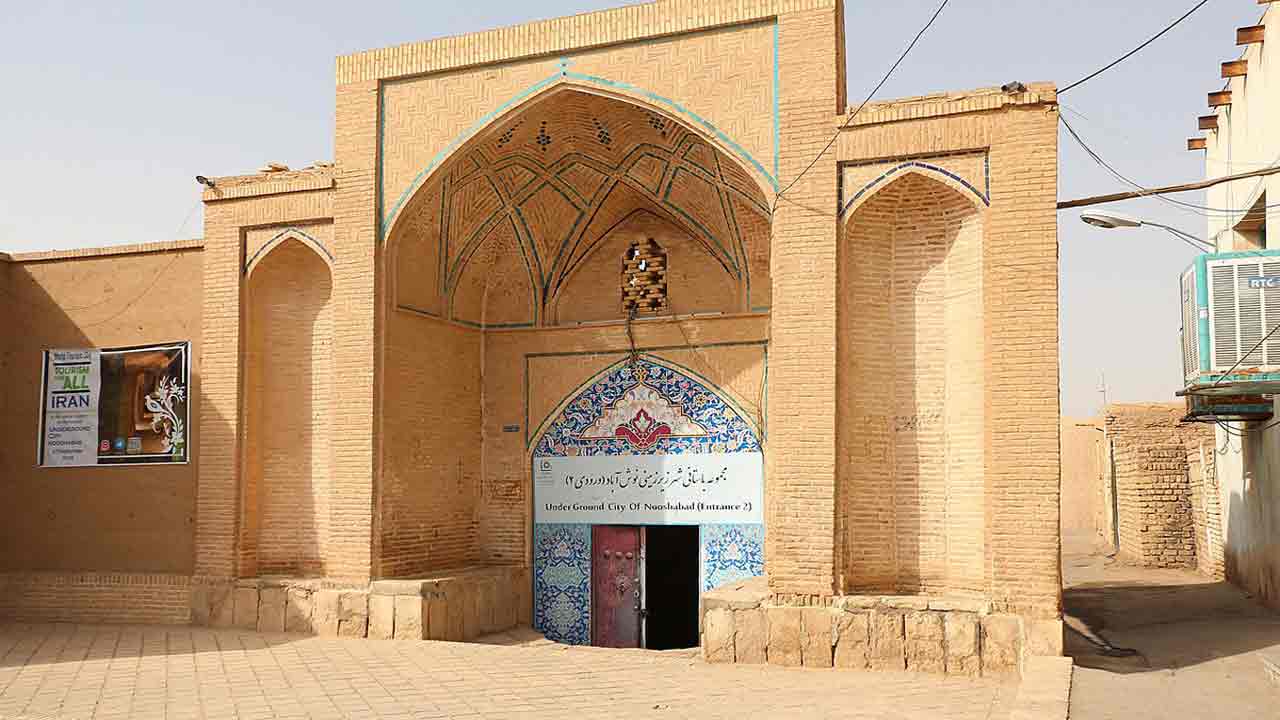
Maranjab, the Closest Desert to Aran va Bidgol
In the north of the city, sand dunes are stretched in a strip from southeast to northwest.This strip, containing 31% of Aran va Bidgol, is known as Band Rig.
These dunes, also known as Band Rig, were part of Marnjab Desert which was integrated into Aran va Bidgol.
Maranjab is among the deserts located in Dasht-e Kavir. In addition to its rich vegetation, this desert has other attractions due to its relatively temperate climate.
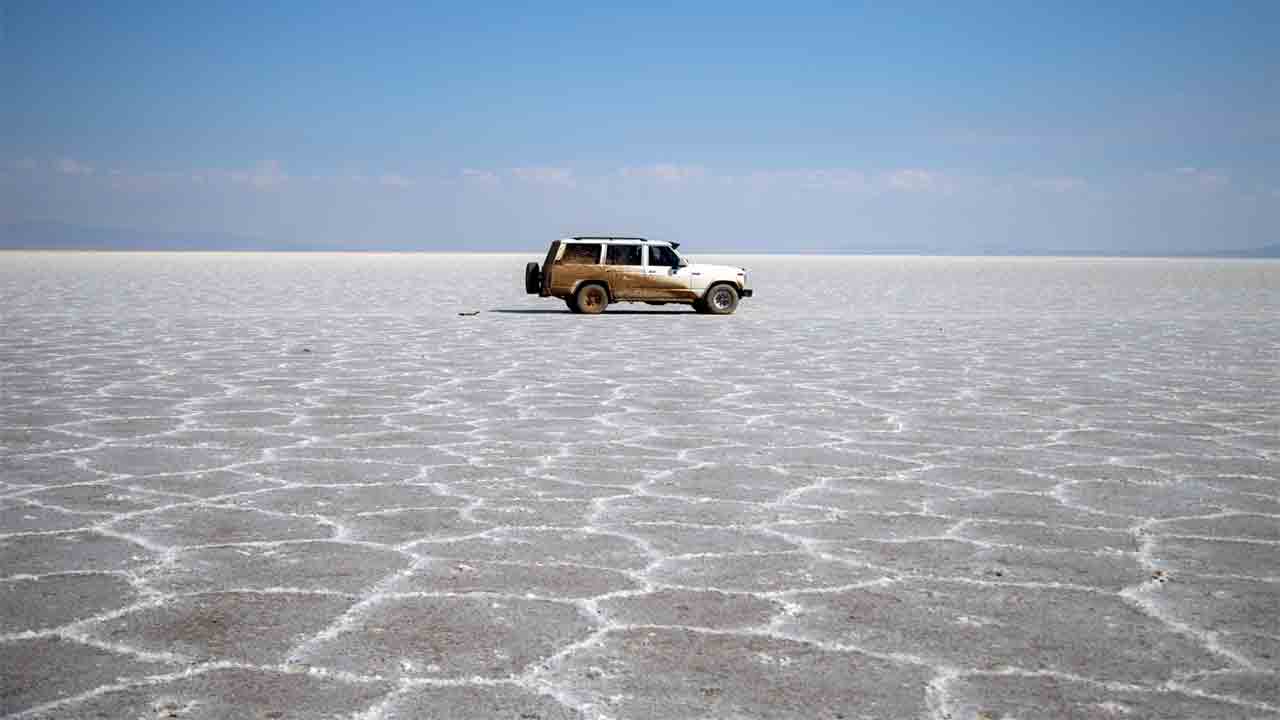
Maranjab Salt Lake
The salt lake, which has become part of Aran va Bidgol, is among the most beautiful crystal lakes.
This lake absorbs a small amount of water in case of heavy rainfall, which causes salt deposition to increase over time. Above all is the salt depth of this lake, which varies between 5 and 54 meters.
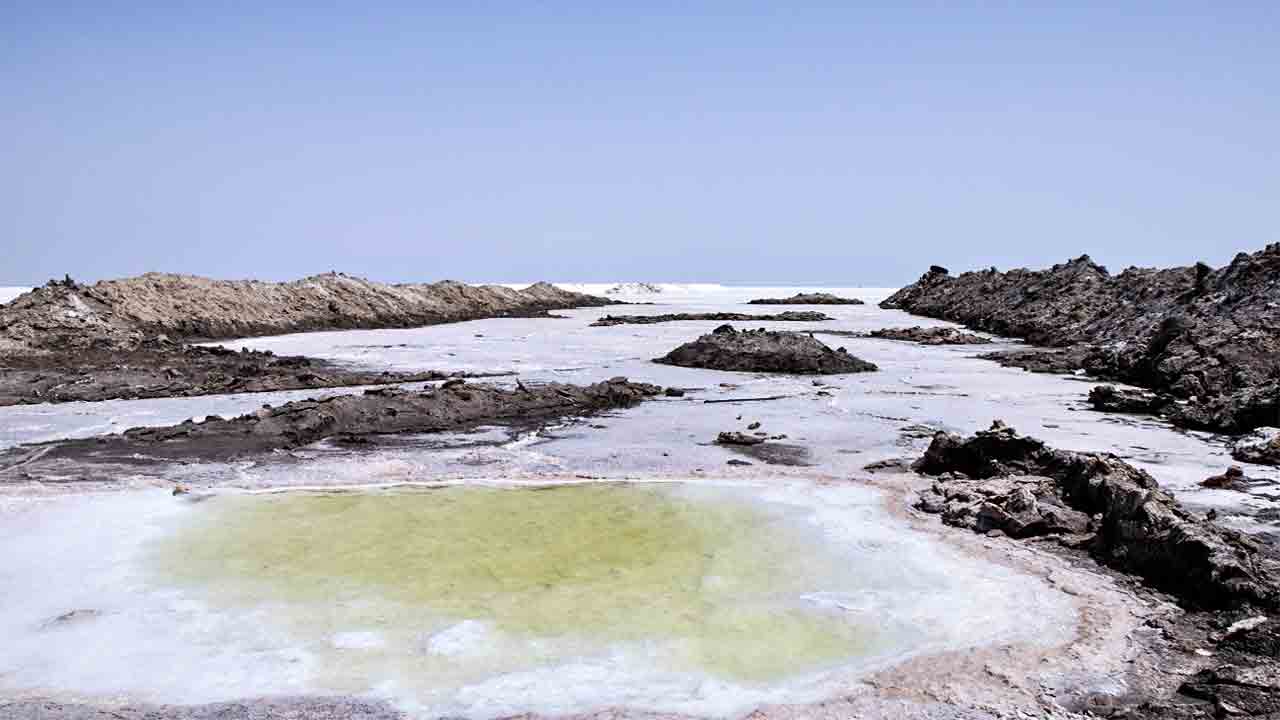
Wandering Island of Marnjab
This island, called Wandering Island, is among the wonders of Marnjab Desert. This island rises from salt instead of water and is a bit over 800 meters high. It seems to be moving due to the mirage and the reflection of light from different angles. That is why it is called the wandering island.
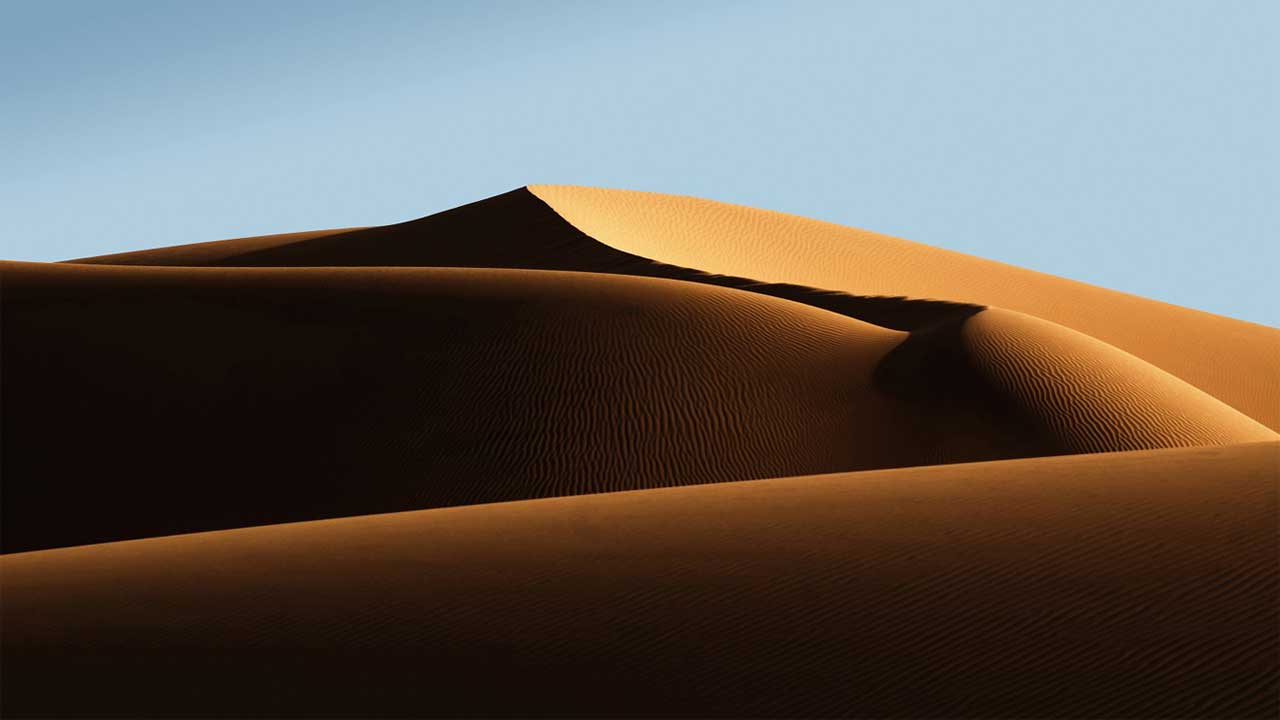
Marnjab Caravanserai, a Monument of the Silk Road in Aran va Bidgol
Marnjab Caravanserai, located at the desert of the same name, is one of the Safavid-era monuments in Aran va Bidgol.
In that era, the country's economy was booming due to the political stability. Above all, Iran traded economically with many countries in the Far East and Europe via the Silk Road. Therefore, the Safavid kings ordered the construction of caravanserais in various routes to maintain the roads security and provide services to commercial caravans. Similarly, in the 16th century, Shah Abbas Safavid ordered the construction of caravanserais and castles along the Salt Lake. As a result, the Kashan ruler built this caravanserai, including 29 rooms, along the Silk Road and the communication road between Khorasan and Isfahan.
In addition to trading, Maranjab Caravanserai was constructed to prevent the aliens from intrusion via the salt lake to Kashan and Isfahan.
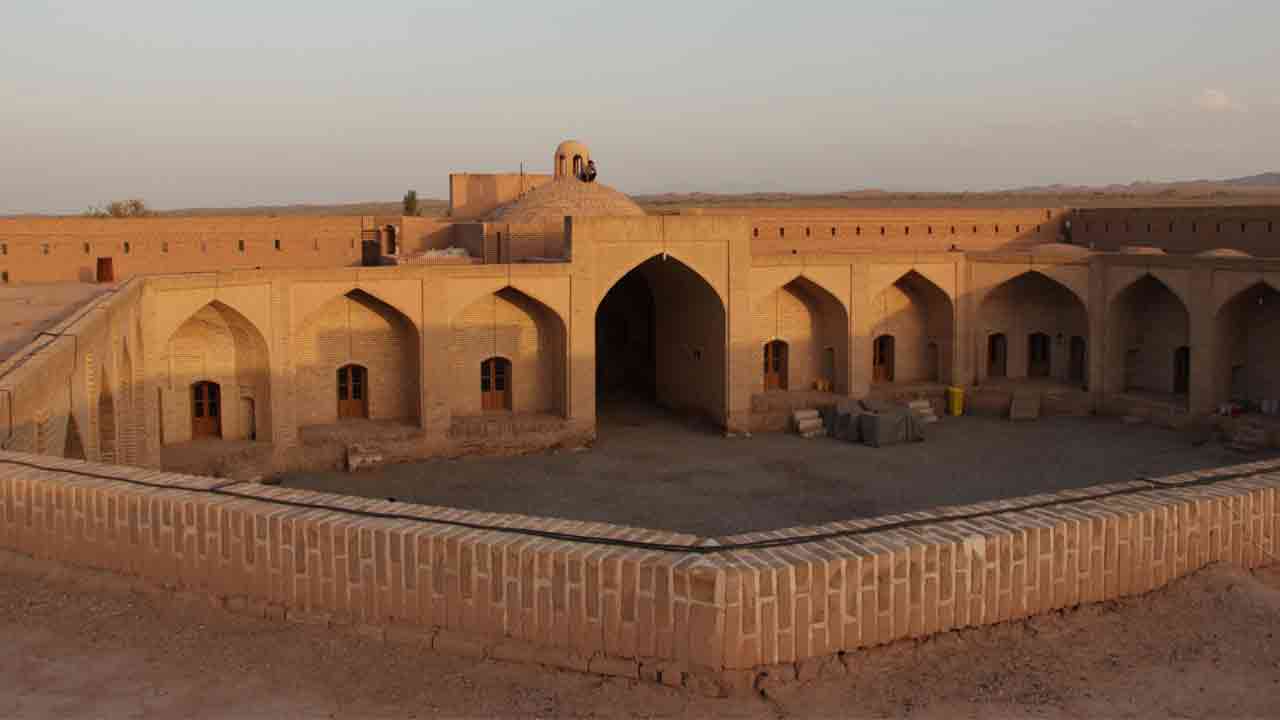
The Freshwater Qanat of Marnjab Caravanserai
The fresh water of the caravanserai, like other desert areas of Iran, is supplied through two series of qanats with shallow wells. One of the qanats has salt water and the other one has fresh water. In spite of the salt lake close to the freshwater qanat, it still supplies water to the caravanserai. This sight attracts many tourists to this caravanserai every year.
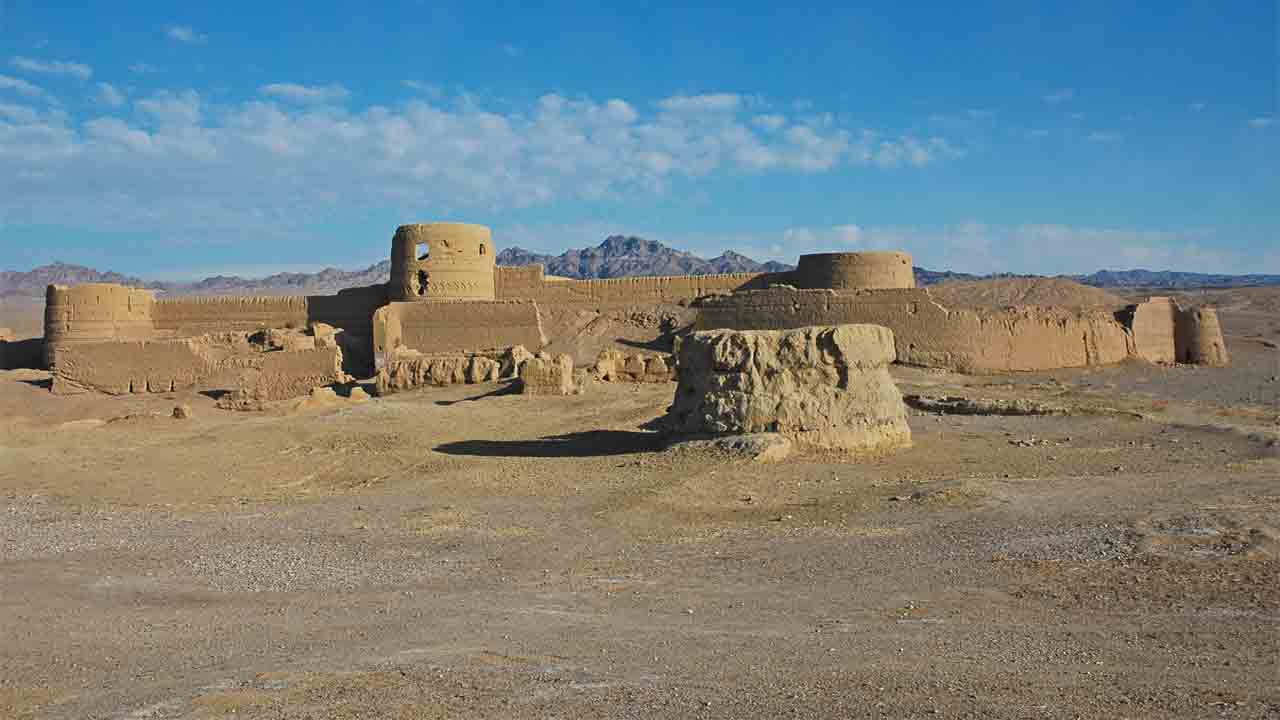
The Architecture of Marnjab Caravanserai
This caravanserai is built with plaster and bricks in a square shape, including rooms and a Shahneshin around the central courtyard. The caravanserai has 6 guard towers as well as a pond in the south of the caravanserai. The water of this pond is supplied by the qanat of the caravanserai. There are also 39 rooms that once housed Iranian and non-Iranian merchants who traded through the Silk Road. In addition, there are several guardrooms in the caravanserai, where the soldiers who were responsible for securing the caravanserai and the roads were stationed.

Maranjab, the Paradise of Star Lovers
Being located at the heart of the desert, Marnjab Caravanserai is a gathering place for those interested in astronomy.
On desert nights, astronomical groups, stationed behind the caravanserai, observe the starry sky of the desert with telescopes.

The Experience of Exploring Marnjab Desert, a Part of Iran Central Desert
If you are to go on a trip to Iran and would like to experience a short-term desert tour as well as a classic tour, this beautiful desert is a good choice. 1001 Nights Tours organizes such tours that provide this brilliant opportunity for you. After leaving the capital of Iran to the south; short stops (for 1 or 2 nights) in this region, the experience of a short adventure trip and the peace of the desert will make an unforgettable trip for you.
To view the tours that stop in this city, just click here. For more information about other deserts of Iran, it is recommended to read this article.


